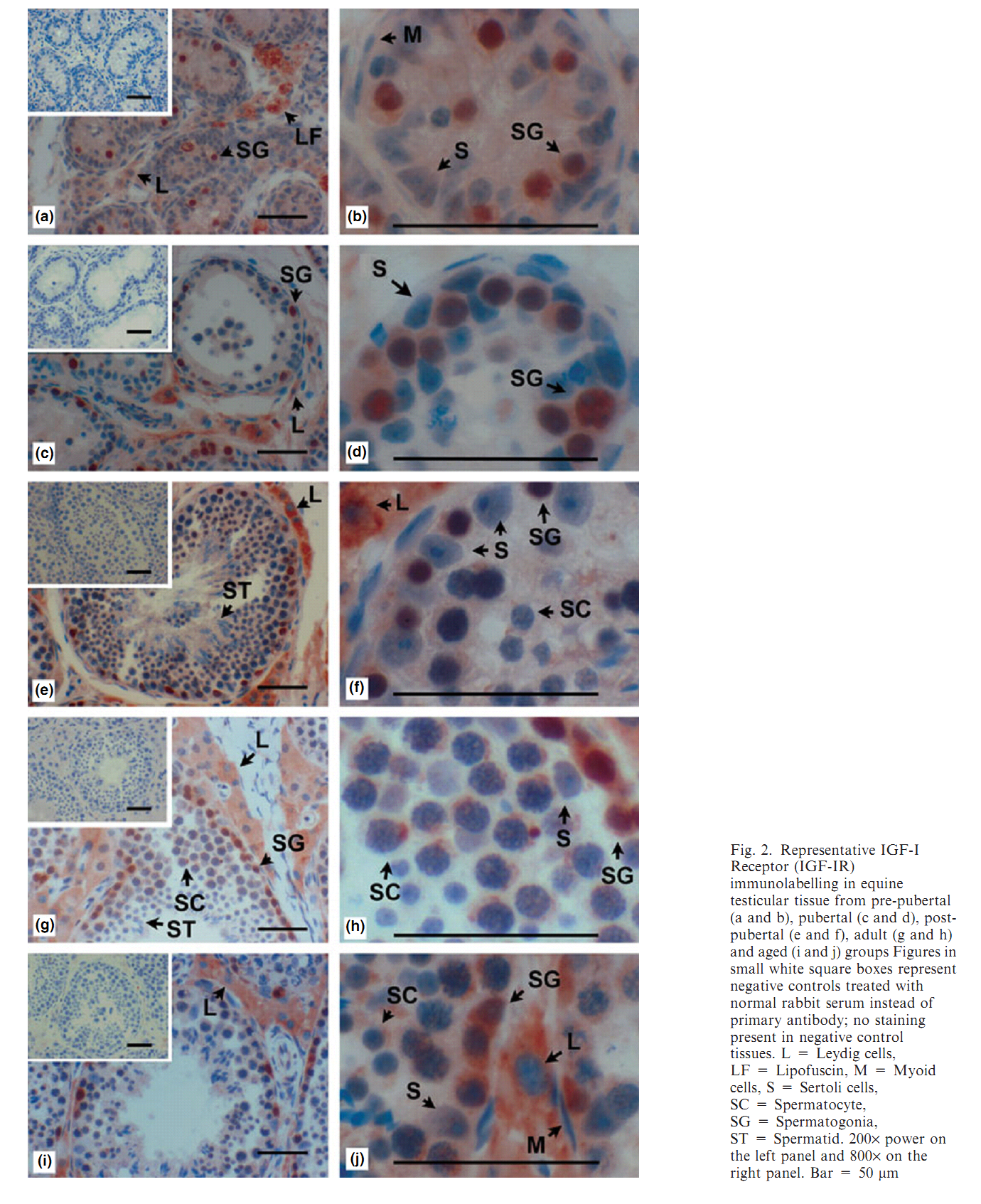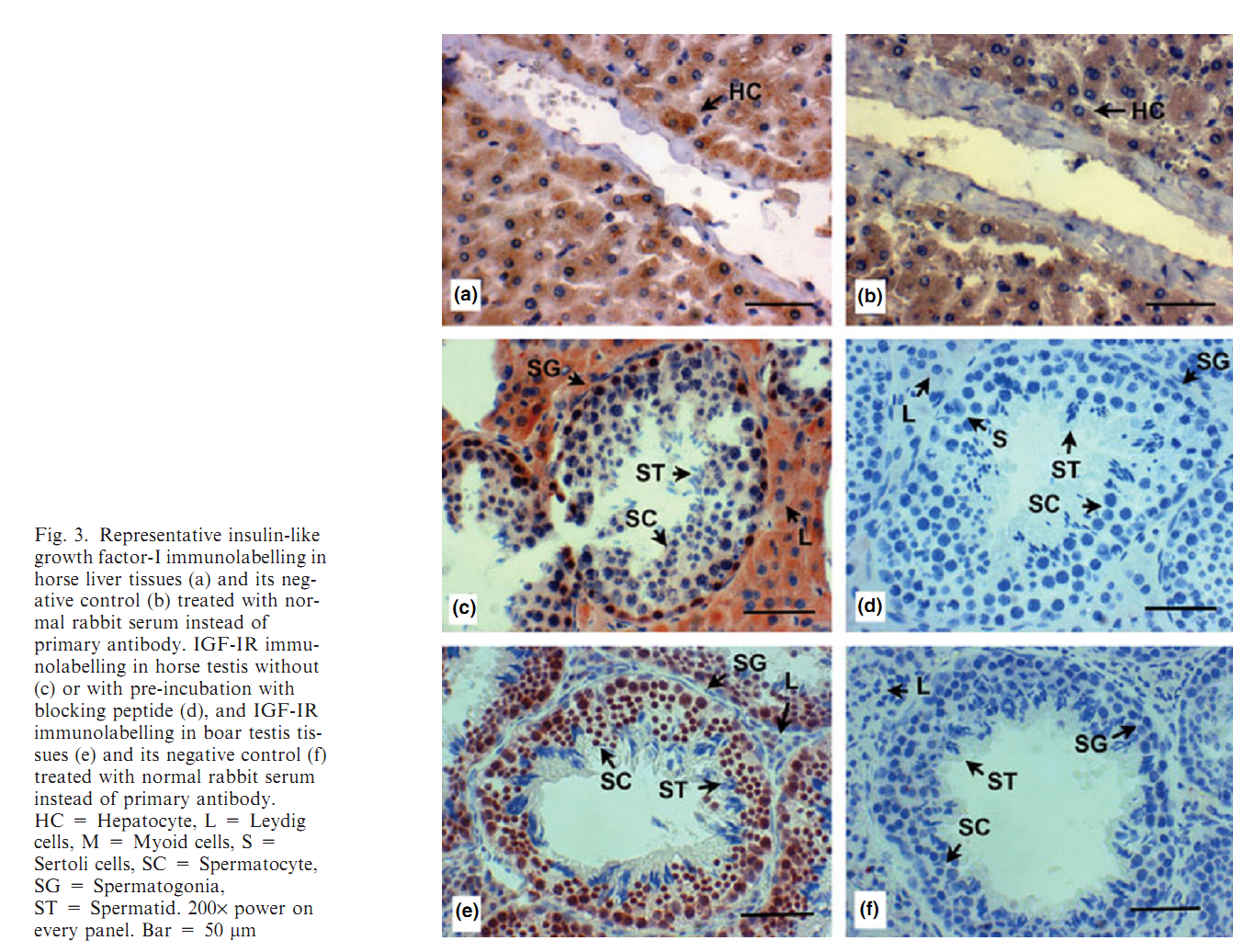| Tag | Content | ||||||||||||||||||||||||||||||
|---|---|---|---|---|---|---|---|---|---|---|---|---|---|---|---|---|---|---|---|---|---|---|---|---|---|---|---|---|---|---|---|
SG ID |
SG00000385 |
||||||||||||||||||||||||||||||
UniProt Accession |
|||||||||||||||||||||||||||||||
Theoretical PI |
FRAGMENT
|
||||||||||||||||||||||||||||||
Molecular Weight |
269961 Da
|
||||||||||||||||||||||||||||||
Genbank Nucleotide ID |
|||||||||||||||||||||||||||||||
Genbank Protein ID |
|||||||||||||||||||||||||||||||
Gene Name |
IGF2R |
||||||||||||||||||||||||||||||
Gene Synonyms/Alias |
|||||||||||||||||||||||||||||||
Protein Name |
|||||||||||||||||||||||||||||||
Protein Synonyms/Alias |
SubName: Uncharacterized proteinFlags: Fragment |
||||||||||||||||||||||||||||||
Organism |
Equus caballus (Horse) |
||||||||||||||||||||||||||||||
NCBI Taxonomy ID |
9796 |
||||||||||||||||||||||||||||||
Chromosome Location |
|
||||||||||||||||||||||||||||||
Function in Stage |
|||||||||||||||||||||||||||||||
Function in Cell Type |
|||||||||||||||||||||||||||||||
Description |
Temporarily unavailable |
||||||||||||||||||||||||||||||
The information of related literatures |
1. M. J. Yoon, T. Berger and J. F. Roser (2011) Localization of insulin-like growth factor-I (IGF-I) and IGF-I receptor (IGF-IR) in equine testes. Reprod Domest Anim 46(2): 221-8. Abstract The insulin-like growth factor-I (IGF-I) is a key regulator of reproductive functions. IGF-I actions are primarily mediated by IGF-IR. The main objective of this research was to evaluate the presence of IGF-I and IGF-I Receptor (IGF-IR) in stallion testicular tissue. The hypotheses of this study were (i) IGF-I and IGF-IR are present in stallion testicular cells including Leydig, Sertoli, and developing germ cells, and (ii) the immunolabelling of IGF-I and IGF-IR varies with age. Testicular tissues from groups of 4 stallions in different developmental ages were used. Rabbit anti-human polyclonal antibodies against IGF-I and IGF-IR were used as primary antibodies for immunohistochemistry and Western blot. At the pre-pubertal and pubertal stages, IGF-I immunolabelling was present in spermatogonia and Leydig cells. At post-pubertal, adult and aged stages, immunolabelling of IGF-I was observed in spermatogenic cells (spermatogonia, spermatocyte, spermatid, and spermatozoa) and Leydig cells. Immunolabelling of IGF-IR was observed in spermatogonia and Leydig cells at the pre-pubertal stage. The immunolabelling becomes stronger as the age of animals advance through the post-pubertal stage. Strong immunolabelling of IGF-IR was observed in spermatogonia and Leydig cells at post-puberty, adult and aged stallions; and faint labelling was seen in spermatocytes at these ages. Immunolabelling of IGF-I and IGF-IR was not observed in Sertoli cells. In conclusion, IGF-I is localized in equine spermatogenic and Leydig cells, and IGF-IR is present in spermatogonia, spermatocytes and Leydig cells, suggesting that the IGF-I may be involved in equine spermatogenesis and Leydig cell function as a paracrine/autocrine factor. PMID: [20546172] Back to Top |
||||||||||||||||||||||||||||||
Figures for illustrating the function of this protein/gene |
|
||||||||||||||||||||||||||||||
Function |
|||||||||||||||||||||||||||||||
Subcellular Location |
|||||||||||||||||||||||||||||||
Tissue Specificity |
|||||||||||||||||||||||||||||||
Gene Ontology |
|
||||||||||||||||||||||||||||||
Interpro |
IPR000479; CIMR. IPR000562; FN_type2_col-bd. IPR013806; Kringle-like. IPR009011; Man6P_isomerase_rcpt-bd_dom. Back to Top |
||||||||||||||||||||||||||||||
Pfam |
|||||||||||||||||||||||||||||||
SMART |
|||||||||||||||||||||||||||||||
PROSITE |
|||||||||||||||||||||||||||||||
PRINTS |
|||||||||||||||||||||||||||||||
Created Date |
18-Oct-2012 |
||||||||||||||||||||||||||||||
Record Type |
Experiment identified |
||||||||||||||||||||||||||||||
Protein sequence Annotation |
NON_TER 1 1 Back to Top |
||||||||||||||||||||||||||||||
Nucleotide Sequence |
Length: bp Go to nucleotide: FASTA |
||||||||||||||||||||||||||||||
Protein Sequence |
Length: 2445 bp Go to amino acid: FASTA |
||||||||||||||||||||||||||||||
The verified Protein-Protein interaction information |
| ||||||||||||||||||||||||||||||
Other Protein-Protein interaction resources |
String database |
||||||||||||||||||||||||||||||
View Microarray data |
Temporarily unavailable |
||||||||||||||||||||||||||||||
Comments |
|||||||||||||||||||||||||||||||


